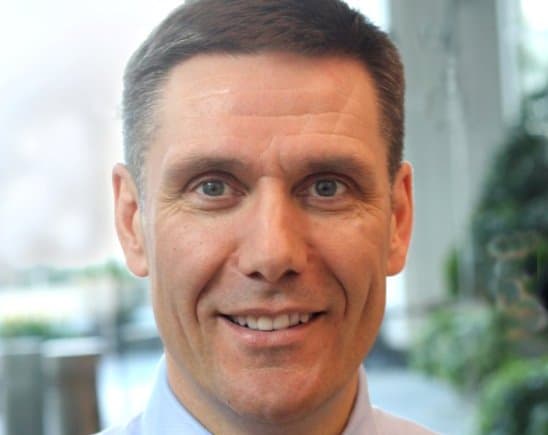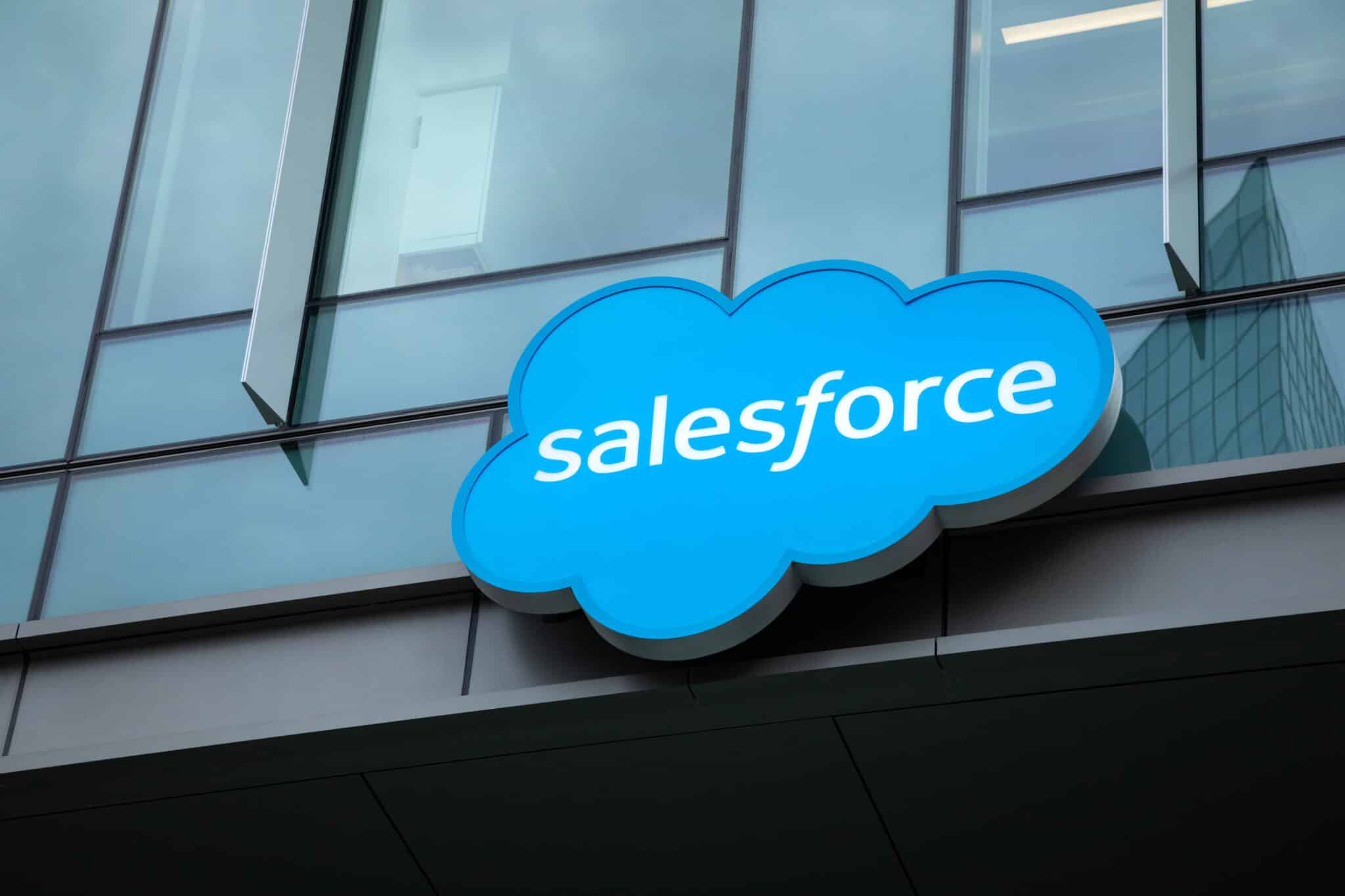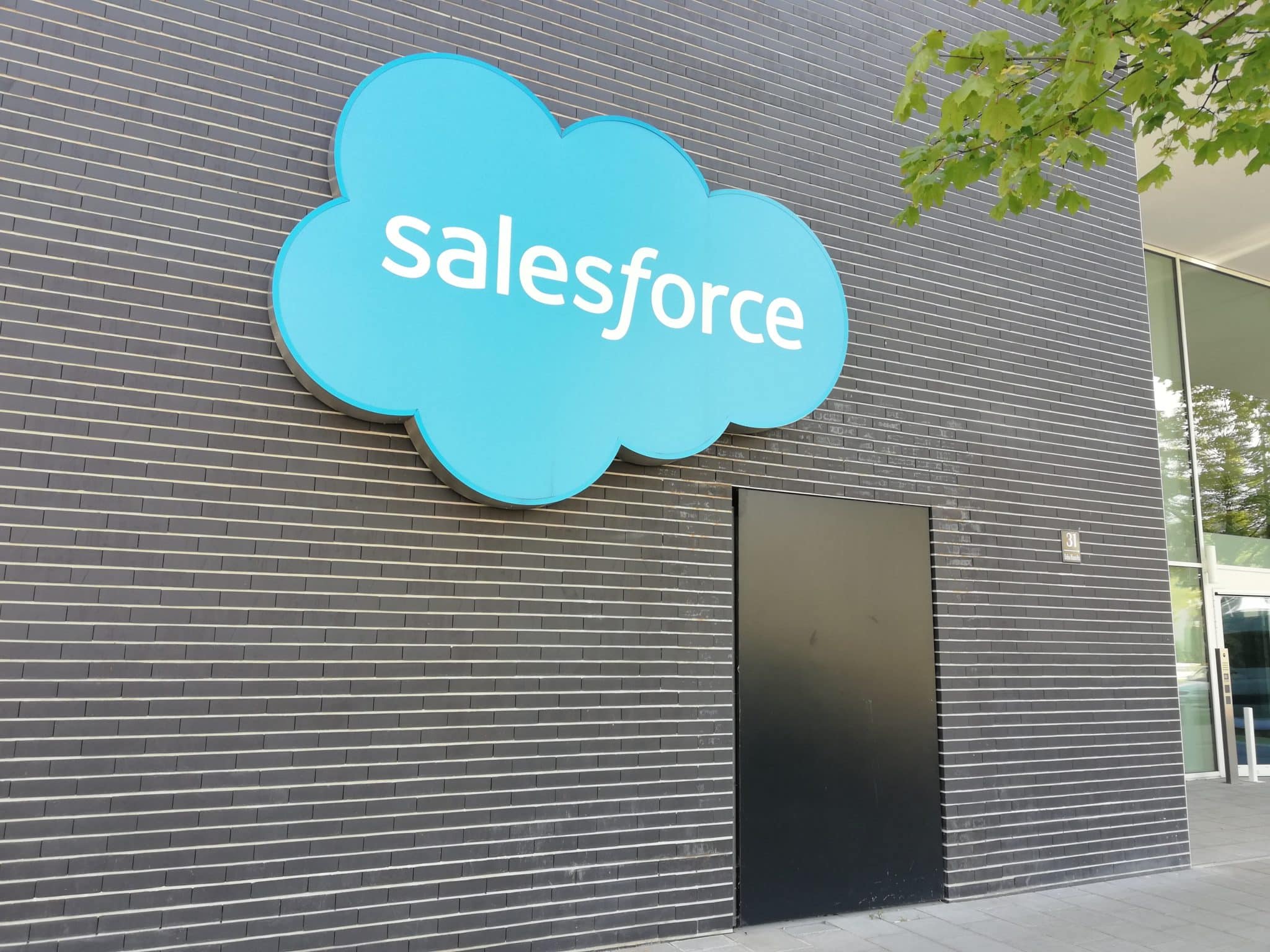

Between clinical trials, patent applications, regulatory approvals and various studies, it’s not unusual for a decade to pass before investors find out whether or not the central premise of a life sciences company is salable.
What investors dream of is an outcome like the one Vancouver’s ID Biomedical, a company whose groundbreaking flu-vaccine work led to a $1.7 billion buyout from London-based drug giant GlaxoSmithKline in 2005, a dozen years after the company was founded, experienced. While it was time well spent for ID Biomedical shareholders and principals like co-founder Tony Holler and CFO Richard Bear, getting the band back together afterwards meant one big priority; find something that was ready to go to market.
The result is CRH Medical (TSXV:CRM), a company whose patented O’Regan System for treating hemorrhoids is set to take on an immediately addressable market of more than half-a-billion dollars a year. After luring retail expert Edward Wright from Cartier and re-jigging its sales strategy, CRH Medical has posted three consecutive profitable quarters. Recently, Cantech Letter’s Nick Waddell sat down with CEO Wright and CFO Bear to to talk about CRH Medical’s big-league potential.
Could you tell me how CRH came to be and where the people who formed the company came from?
Richard Bear: CRH Medical Corporation has been around since early 2000 and initially existed as medical product distribution company, run by an executive team and a board of directors that differs from the one we have today. In 2002, the company came across what is now known as the CRH O’Regan System. In 2005, the company decided to enter the US market, in part because of higher reimbursement rate, and instead of distributing the technology, utilizing a retail clinic model to monetize the value of the O’Regan System. The first clinic was opened in September of that year. In early 2006, following the sale of ID Biomedical Corporation to GlaxoSmithKline, I, along with several others from that company, got involved with CRH. Edward Wright came on board later on that year as the CEO. In early 2007 it became apparent, based on the capital cost, the challenge of managing the surgeons at the clinics, and the cost of advertising to drive patients to theses clinics, that the retail clinic model wasn’t going to be sustainable. At that point, we began to look for a new ways to monetize and maximize the value of this great technology.
Looking at your last three quarters, it’s pretty easy to tell that this isn’t a life sciences company that is going to be caught up in clinical trials for the next ten years. Was it important to you to have a product that was ready to go?
Edward Wright: Absolutely. As much as the clinics may not have made sense, they taught us everything we needed to know in terms of selling the technology direct to physicians and ultimately creating a turnkey solution for them. There is no doubt that this technology is the gold standard. We identified gastroenterologists as being a group of physicians that could benefit substantially from introducing this technology into their practice. We realized that as a group, gastroenterologists are performing approximately fifteen million colonoscopies each year in the US alone. What’s more, about 20% of these colonoscopy patients diagnosed with hemorrhoids and would benefit from treatment. Though hemorrhoids were traditionally treated by surgeons, we had the perfect technology to put in the hands of GIs. Because gastroenterologists typically don’t learn about anorectal care during their fellowship programs, there were three questions we knew were going to be important to address. Firstly, could we train them effectively? Secondly, could we get the same successful patient outcomes that we saw in the clinics? And lastly, how substantial was the reimbursement on the procedure for the GIs? Would this be comparable or better than the rates they see from procedures that traditionally make up the majority of their business? In a short period of time, we’ve been able to cover all these questions and areas of potential concern. There are approximately 100,000 units being used a year and at $65 per unit, our annualized revenue is now approximately $6.5 million. Although gastroenterologists form the overwhelming majority of our current customer base and have been our focus, it doesn’t mean that the general and colorectal surgeons who traditionally treated hemorrhoids won’t make up a large part of our business in the future.
What kinds of results are gastroenterologists getting with this device?
RB: As Edward alluded to, GIs are seeing the same results we saw when operating our clinics, which is that the device is 99.1% effective. This just means a lot of very satisfied patients. One of the things that our company prides itself on is our customer service and practice support, which includes 24/7 physician support. They know that if they ever encounter a problem, they can contact one of our medical directors anytime and seek the advice they need. Based on the volume of sales and the types of questions we receive, we can easily see that the rate of effectiveness is on par with those in the studies that have been done using the technology.
So even though you are, at present, a one product company this is more than that because it is a turnkey solution for gastroenterologists…
EW: It certainly is. The efficiencies in our organization are really spectacular, both from a technological standpoint, as well as in the number of employees we have on board, which is currently ten. In terms of offering support to gastroenterologists, there are a number of things that distinguish us from other medical device companies. A lot of that comes from my background in luxury goods and in marketing. One of those things that distinguishes CRH from other companies is our marketing material. From patient brochures to table tents, we provide the gastroenterologists we train the necessary tools in order for them to create awareness about the procedure in their place of business, all at no cost. We also have an online lead generation program to direct patients to our partner physicians, and we’re clearly becoming recognized as a significant source of new patients for those physicians that have their profile listed on our patient based website. We have over 700 profiles on our website that benefit from new hemorrhoid patients each and every month. In many cases, these patients also need a second procedure, such as a colonoscopy, and will remain with that GI in the future. As a company, we’re also always looking to identify complimentary products and when we do, we will have this network of doctors to reach out to.
RB: Maximizing the relevance of our website has been a very important part of our strategy. The world of healthcare has changed from receiving all your medical information from your primary care physician to using the internet to get information on your own. As such, we’ve tried to optimize our site to capture anybody searching for hemorrhoid information. When those people come to our site, they will get a quick overview of the CRH O’Regan System and then are able to drill down for more in depth information. Our main goal, however, is to drive them to the 700 plus physicians we have listed there through the use of a zip code locator tool, allowing them find the closest physician to them. Through the use of other technologies we are also able to track, and communicate, the number of calls each physician is receiving as a result of our website.
It’s important that you had a product that made economic sense to gastroenterologists. Can you talk a bit about that?
EW: In terms of a meaningful benefit, obviously the effectiveness of the technology and the numbers around patient success are first and foremost in our mind. Beyond that, one needs to consider whether or not the economic benefit is also as meaningful. The beauty of our technology is that it allows throughput in an efficient and effective way. The procedure can be done in an office setting, without anesthesia, and only takes a few minutes. The reimbursement the physicians is comparable that of a colonoscopy. There is mutual economic benefit here.
Can you describe some of the intellectual property you own?
RB: Sure. We own all the IP related to this device in North America, Europe, and China and we’re continuing to look at ways to advance the technology and strengthen our IP position.
How large is the market and how much penetration into it do you have right now?
RB: According to the National Institute of Health, one in every two people in the US will suffer from hemorrhoids by the age of fifty. But let’s focus on our current specific targeted market; the gastroenterologists. GIs perform fifteen-million colonoscopies per year and 20% of those result in a diagnosis of symptomatic hemorrhoids. That’s three-million potential hemorrhoids patients a year. Each patient averages roughly 2.5 treatments, so those three-million patients would result in a total of 7.5 million treatments annually. At $65 per device, that represents an addressable market of about a half a billion dollars per year. Currently, we’re only scratching the surface, at about one or two per cent of that total market. There’s significant room for growth.
My next question is one of scale. You have been profitable for three quarters now. Do you see your growth continuing at this scale, or could you grow faster by raising money, adding staff etc.?
EW: We see growth coming from two primarily areas of our business. First, we will continue to train additional physicians and practices so they can begin using the CRH O’Regan System. Second, and most important, we will work those physicians already trained to increase their use of the technology. We believe that our trained physicians have only just begun to realize the benefit treating hemorrhoids has to them and their patients. At the current time we have sufficient capital to grow the business. Additional capital may be required if we could acquire a complementary product to layer onto our platform.
It seems to me you are already establishing yourself as an important intermediary between hemorrhoid sufferers and their treatment, and that you are also gathering a ton of data on the area…
RB: Exactly. We’re not just selling gastroenterologists the CRH O’Regan System, we’re delivering patients to them as well. As much as we’re a medical device company, we’re also a marketing and online lead generation company. Yes, we have a great product, but we think the ancillary services we offer are uniquely designed to not only get gastroenterologists to use it, but to continue to increase their usage once they’re on board.
I guess that touches on your experience, Edward…
EW: Yes, I spent twenty years in the luxury goods business. The latter part of it was in New York with Richemont, a global company that owns and operates many luxury brands around the world. I originally moved to New York to be the North American President of one of their watch brands, Baume and Mercier, and was then promoted to Cartier as Senior VP. In those roles, I have always come from a background where if we sold you something, I believed the onus was on us to then help you sell it to the final customer, ultimately resulting in additional sales for both parties. There is no question that my coming to CRH has influenced that part of the business. I also focus on margin, as I know its importance and how it can work to offer ancillary value. I knew that if we tried to charge less for the device and then come back to charge for the marketing program, that people would balk at that. Partnering with Richard, who comes from a telecom background, we’ve been able to bridge our skill sets and come up with something we feel is quite innovative.
What do you hope to accomplish in 2012?
EW: I believe that the doctors whom we’ve already trained on the procedure may provide a wonderful opportunity for additional growth. I mentioned that we already have a $6.5 million run rate and that we’re selling approximately 100,000 units to these physicians annually. By sharing best practices and encouraging them to adopt the tools we have to offer, there’s a lot of upside within this group alone. In addition to that, we plan to continue to grow our existing physician base by attracting and training many more doctors this year.
Comment
One thought on “Cantech Letter interviews Edward Wright and Richard Bear of CRH Medical”
Leave a Reply
You must be logged in to post a comment.





 Share
Share Tweet
Tweet Share
Share




There are various types of Gastroenterology products like gastroenterology disposables, pigtail catheters, disposables, Bilairy Stent, PTBD Catheter etc.
http://www.manishmediinnovation.net/gastro.html